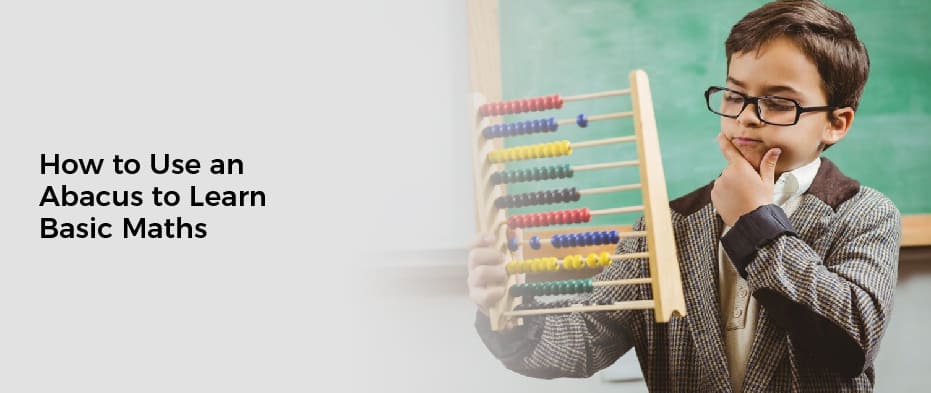
How to Use an Abacus to Learn Basic Maths
Table of Contents
If you’re wondering how to use an abacus, you’ve come to the right place. Learn how to count on the Abacus, as well as how to perform basic addition and subtraction operations with it. Here are some tips for using this ancient math instrument: Keep counting beads on the counting frame in the same order each time. This will prevent confusion.
How to Prepare an Abacus for Maths Operations
Preparing an abacus for usage requires a few basic steps. The first step involves setting the counting frame with the right number of beads. The Abacus should have the upper beads facing upward, the lower ones towards the lower ones, and the tens and ones at the same height. Once the counting frame is set up correctly, you should move the beads into the appropriate section for addition and subtraction.
Next, divide the abacus beads into two groups of five. This will make it easier for the children to count and multiply small numbers. After that, they can begin using the Abacus to learn place values, like adding and subtracting double-digit numbers and learning how to calculate cube roots.
1. Counting on an Abacus
Counting on an abacus can help children develop a sense of counting. It requires the child to count units, tens, hundreds, and thousands by moving the beads in the correct section of the counting frame. For example, if the child is counting one hundred, ten green unit beads are placed at the top, and one blue 10 is placed at the bottom.
The method of counting on an abacus can also help children understand place value. Children will learn to understand the relationship between even and odd numbers by counting by twos on the counting frame. Counting on an abacus can also help children understand and practice how to multiply and divide larger numbers.
2. Multiplication
Multiplication with an abacus is simple and fast. The counting frame wires can be changed to represent single-digit or double-digit numbers. It is also possible to multiply multi-digit numbers with the counting frame. To get the answer to a given number, place the number in the rightmost column of the Abacus and multiply it by the leftmost number in the other column.
The Abacus is a great tool for teaching children basic multiplication skills. It is one of the oldest methods of teaching children arithmetic, and it can improve students’ memory by providing a visual representation of math concepts. Many schools now include this method in their curriculum and encourage children to use it. It also helps develop critical thinking and lateral thinking.
3. Addition
The Abacus is a tool used for learning addition. It consists of rows and columns, and a number represents each row. To subtract a number, you must first borrow a bead from the column to the left of the number. To do this, you must move a single bead from the top column of the counting frame to the bottom row. After you have borrowed a bead from the top column of the counting frame, you will enter the new smaller number into the column on the left.
An abacus is also great for helping children master place values and learn about the thousands and millions. For example, if a child has learned that a number is worth one, he can begin counting with the Abacus and push it together to get the next number.
4. Abacus for Subtraction
There are a few basic steps to using an abacus for subtracting. Begin by placing the subtraction symbol on the left side of the counting frame. You will then enter the smaller number in the lower bead and the larger number in the upper. Once you have the number you want to subtract, move the beads from the center bar to the left.
To subtract, you must move the beads from the counting side to the other. Move one bead to the number on the other, and then count the rest. In this way, you get the number five.
5. Complementary Numbers Concerning 10
Using an abacus is a great way to learn a different way of counting. This way, you can learn how to solve problems in a new way. It is also important to remember that numbers that are not the same have complementary values. By learning the rules of complementation, you can improve your problem-solving skills.
Complementary numbers on an abacus are numbers that add up to ten. You can practice adding and subtracting on a counting frame by moving beads up or down in the columns. For example, to make 11, you would move two beads from the second column up and one bead from the top row. You would then add the two beads together and get 11.
Verdict
An abacus is an ancient tool used by Asian cultures to do calculations and balance out money and assets. In today’s modern world, you can use a counting frame to track and balance your finances. Abacus teaches a new approach to life management, balancing work, family, and life.
Today, we use abacuses as calculators. They’re still the most popular calculator among elementary and middle school students worldwide. However, Abacuses are also a fun activity for kids. Most abacuses have beads on each side so they can be strung together.